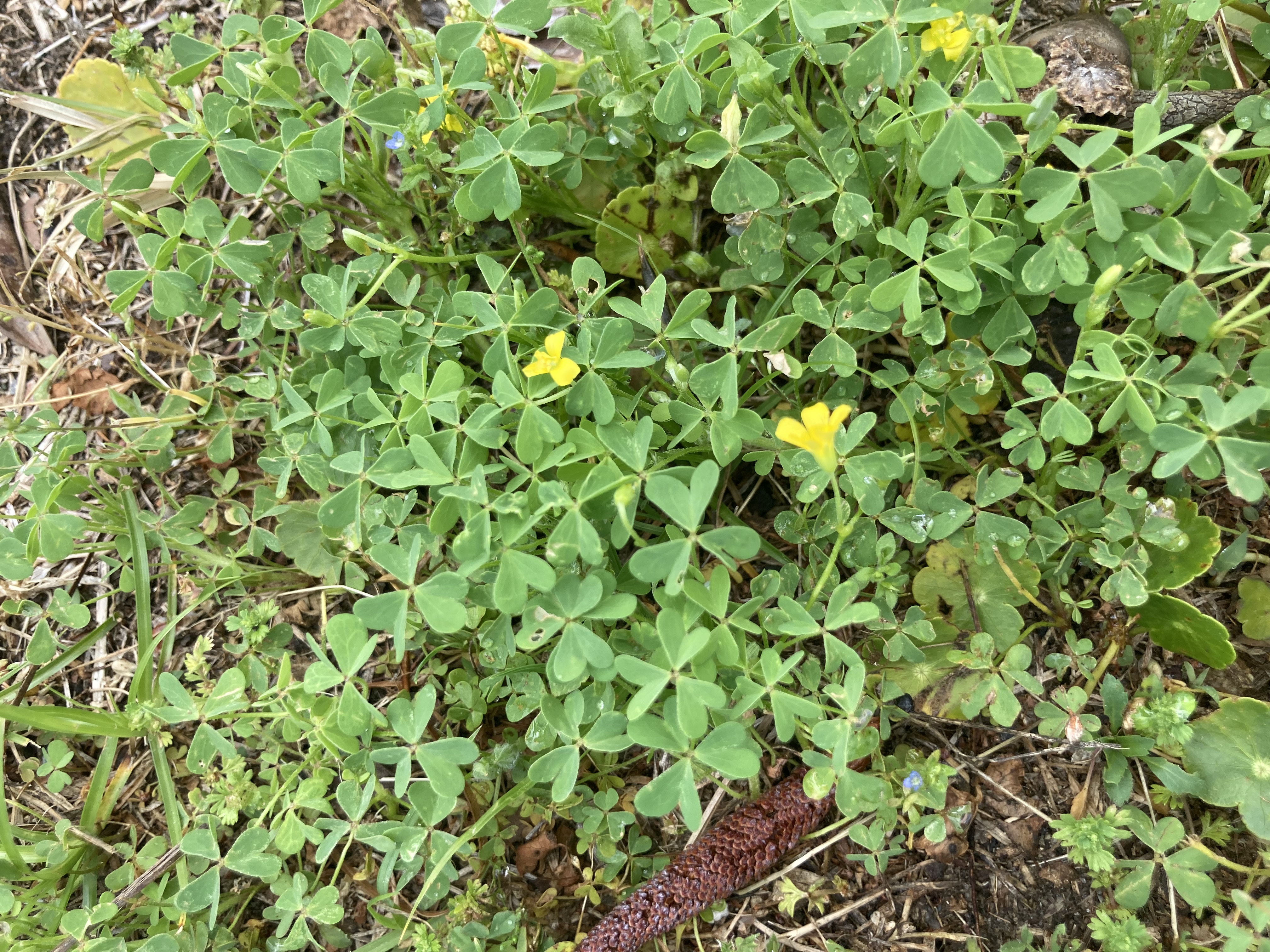Weed Identification- Yellow Woodsorrel
go.ncsu.edu/readext?934822
en Español / em Português
El inglés es el idioma de control de esta página. En la medida en que haya algún conflicto entre la traducción al inglés y la traducción, el inglés prevalece.
Al hacer clic en el enlace de traducción se activa un servicio de traducción gratuito para convertir la página al español. Al igual que con cualquier traducción por Internet, la conversión no es sensible al contexto y puede que no traduzca el texto en su significado original. NC State Extension no garantiza la exactitud del texto traducido. Por favor, tenga en cuenta que algunas aplicaciones y/o servicios pueden no funcionar como se espera cuando se traducen.
Português
Inglês é o idioma de controle desta página. Na medida que haja algum conflito entre o texto original em Inglês e a tradução, o Inglês prevalece.
Ao clicar no link de tradução, um serviço gratuito de tradução será ativado para converter a página para o Português. Como em qualquer tradução pela internet, a conversão não é sensivel ao contexto e pode não ocorrer a tradução para o significado orginal. O serviço de Extensão da Carolina do Norte (NC State Extension) não garante a exatidão do texto traduzido. Por favor, observe que algumas funções ou serviços podem não funcionar como esperado após a tradução.
English
English is the controlling language of this page. To the extent there is any conflict between the English text and the translation, English controls.
Clicking on the translation link activates a free translation service to convert the page to Spanish. As with any Internet translation, the conversion is not context-sensitive and may not translate the text to its original meaning. NC State Extension does not guarantee the accuracy of the translated text. Please note that some applications and/or services may not function as expected when translated.
Collapse ▲Yellow Woodsorrel is a common pasture weed that also appears in home landscapes. You can identify it by its yellow flowers and notched heart shaped leaves. It is toxic for cattle and will be consumed if livestock has limited access to safe forage. It can also be consumed if it is in hay. Contact your local extension agent to assist you in identifying toxic weeds that are in your pasture. If small amounts of Woodsorrel are present in your pasture or landscape you can pull them by hand. If applying an herbicide read the pesticide label to correctly apply the chemical. 2,4-D and Dicamba both control Yellow Woodsorrel as well as some pre-emergent herbicides. Pre-emergent herbicides control the weeds before they emerge. If they have already emerged they will not control the weed. Always follow the herbicide label as it is the law. A few ways to prevent Yellow Woodsorrel is to have a healthy stand of turf as well as a properly fertilized pasture. For more information call North Carolina Cooperative Extension- Lee Center at 919-775-5624.





